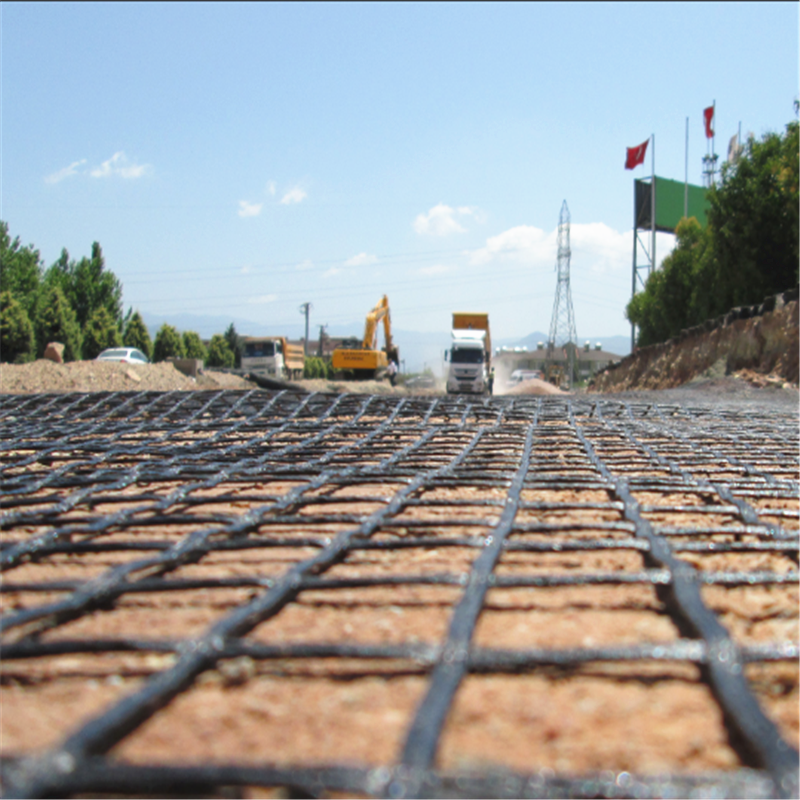In the autumn, fish farming requires careful attention to several key steps to ensure healthy growth and successful breeding. First, selecting the right seed is essential. Autumn is an ideal time for choosing fish because, after being raised for several months, the juveniles have developed well. This allows for the selection of high-quality fish based on species-specific standards, ensuring that only the strongest and healthiest individuals are kept for further cultivation.
Second, water changes are crucial during this season. As fish eat more and their metabolism increases, they produce more waste, which can affect water quality. It's important to monitor factors such as the size of the rearing area, fish density, waste accumulation, and water clarity. Based on these conditions, it's recommended to change the water every two to three days to maintain a clean and healthy environment for the fish.
Third, increasing feeding is a key part of autumn care. The cooler temperatures in fall stimulate a strong appetite in fish, so you can gradually increase the amount of food provided. Feeding should be done in small portions throughout the day—ideally 3 to 4 times daily. Each feeding session should last about 15 minutes to avoid overfeeding and ensure all fish get enough to eat.
Fourth, disease prevention becomes even more important in autumn. The fluctuating temperatures create favorable conditions for bacteria and parasites to thrive, making it a high-risk period for fish diseases. One effective preventive measure is to dip the fish in a 2% saltwater solution for 5 to 10 minutes, repeating this 3 to 4 times a week. This helps to strengthen their immune system and reduce the risk of infections.
Lastly, autumn is also a great time for breeding goldfish. Under suitable climatic conditions, goldfish can spawn once during this season. After hatching, if the temperature and water conditions remain stable, the fry will develop into healthy fish. However, if there are sudden temperature changes, it's advisable to provide insulation or adjust the environment accordingly to protect the young fish. (Author: Hosting Cloud; Mingwei)
Geogrid
Geogrid
The Geogrid including Polyester Geogrid, Fiberglass Geogrid, Steel Plastic Composite Geogrid and Plastic Geogrid.
The geogrid is a major geosynthetic material. Compared to other geosynthetic materials, it has unique performance and efficacy. Commonly used for reinforcement of soil structure or reinforcement of composite materials.
The uses of geogrid: It is suitable for embankment and embankment reinforcement slope protection tunnel wall reinforcement large airport parking lot wharf cargo yard and other permanent bearing foundation reinforcement.
The feature of geogrid:
The high strength creep can adapt to all kinds of environment soil, and can satisfy the use of high grade highway retaining wall.
It can effectively improve the locking and occlusion of the reinforced bearing surface, greatly enhance the bearing capacity of the foundation, effectively restrain the lateral displacement of the soil, and enhance the stability of the foundation.
More suitable for deep-sea operations, embankment reinforcement, fundamentally solve the other materials do stone cage due to long-term erosion by the sea caused by low strength, poor corrosion resistance, short service life and other technical problems.
It can effectively avoid the construction damage caused by the crushing and destruction of machinery and tools in the construction process.

Steel Plastic Geogrid,Polypropylene Geogrid,Stretch Plastic Geogrid,Biaxial Plastic Geogrid
ANPING COUNTY SHANGCHEN WIREMESH PRODUCTS CO.,LTD , https://www.scwiremesh.com
